By Texas Homesteader ~
Did you know you can easily grow your own plastic-free plant based luffa sponge? It’s biodegradable, compostable, plastic free and it does a great job of scrubbing. I’m showing you how to turn that garden luffa into a flat scrub sponge.
(Note: Some links in this post will take you to other related articles for further information. But links preceded with * are affiliate links. If you click and buy something I could receive a tiny commission.)
Biodegradable, Plant-Based, Eco Friendly Scrub Sponge
I love to grow luffa gourds in my garden. (some spell it loofah) Recently I harvested a large crop of luffa from the garden and made flat scrubby kitchen sponges.
These luffa sponges are all natural and biodegradable too. No plastic scrub pads for our household! (Have I mentioned lately how much I. Hate. Plastic??!!)
The beauty of turning a luffa gourd into a flat scrubby sponge is that it takes much less space to store as a whole round dried luffa gourd.
Growing Luffa In The Garden
Luffa are easy to grow in the garden. But they take a long growing season. You can read more about Growing Your Own Luffa Here.
If you want to grow your own you can easily *Buy Luffa Seeds Online.
But how do I take this large fibrous gourd and turn it into a hard-working scrub sponge? Well you’re really not gonna believe how easy this is!
Making Your Own Biodegradable Scrubber Luffa Sponge
I’ll be turning my luffas into scrubber sponges for cleaning purposes. You know, like the green plastic ones that rhyme with blotch blight?
You can *Buy Loofah Kitchen Sponges Online of course. But my luffas were grown right in my garden. Now if that’s not an eco as well as a financial win I’m not sure what is!
All I know is that it makes this eco girl’s heart sing.
Cutting Out The Luffa Core
To make scrub sponges I cut away the internal core that holds all the seeds:
Dry & peel luffa gourd.
Cut off both tapered ends.
With a knife, score along the length of one of the raised ridges.
Using fingertips gently open up that first cut. (This shows where to focus the knife next to cut the core away to the next hollow ridge.)
Cut the next section where the core is attached to the fibrous outside.
Repeat for each section, detaching outside from the luffa core until there’s only one section holding the luffa to the core.
Use scissors to carefully remove the last rib holding the luffa core to the fibrous outside of the luffa.
Cleaning Up The Luffa Sponge
Once the core has been cut away from the luffa I’ll work to remove any spongy sections that remain.
But to be honest I know that after a few dish scrubbings this spongy part comes off on its own. So I don’t spend too much time with this step.
Cutting Loofah Sponge Into Squares
My luffa gourds typically grow to around 12 – 18” long! So the prepared luffa is too long to be a single sponge. I cut the luffa sponge in half to make two manageable-sized sponges.
Oftentimes I’ll also do a little light trimming as well to square up the sponge since a luffa gourd tapers at the ends. But again, sometimes not.
Flyin’ by the seat of my pants, y’all. That’s the way I roll!
The new luffa sponge is somewhat stiff the first time I use it. But after wetting it down it’s loose enough to grip in my hand and wad into a ball.
After a few uses it’s easy to grip & fold my homemade luffa sponge, yet it keeps lots of scrubbability.
Luffa Sponge Longevity
These all-natural luffa sponges last a surprisingly long time. I usually get 6-8 months from a luffa sponge before needing to toss it and bring out another.
I use my home-grown luffa sponges when I need a little more cleaning power scrubbing dishes, countertops or stovetop.
The scrubby texture does a great job at cleaning away any stuck-on schmeckus.
I even have one in my bathroom-cleaning supplies to scrub the tiles in our shower.
Natural Luffa Is Biodegradable
After months of scrubbing the luffa sponge will begin to get softer & lose some of its scrubbability.
Still this old, tired luffa sponge isn’t through giving back!
Now I toss the worn out luffa into my compost and it will further degrade to become some of the Black Gold Compost so vital to a healthy garden.
You see? Even when it’s done heavy duty for months my luffa scrub sponge just keeps on giving!
So the luffa sponges I cut today will last me a long time, then go into the compost to continue offering benefit.
Gotta love a garden goodie like that.
~TxH~
Posts About Reducing Plastic
Reducing Plastic Trash
- Practical Ways To Reduce Plastic In Your Home
- 7 Ways To Reduce Plastic In The Kitchen
- I Love Mother Nature So I Recycle LESS!
- Where Exactly Is ‘Away’?
Substitutes For Plastic
- Growing Your Own Plastic-Free Scrub Sponge
- Replacing Plastic Wrap With Beeswax Wraps
- Natural Air Freshener In Reusable Glass Jar
Zero-Waste Health & Beauty
Personal Cleaning
- No More Plastic Razors – How To Use A Safety Razor
- Homemade Minty Mouthwash
- Quick & Easy Homemade Deodorant
- Homemade Vanilla-Scented Shampoo Bar Soap
- 3-Ingredient DRY SHAMPOO Mix
- How A Bidet Can Be An Eco Win
Homemade Beauty Products
All Eco-Friendly Posts
C’mon by & sit a spell! Come hang out at our Facebook Page. It’s like sitting in a front porch rocker with a glass of cold iced tea. Lots of good folks sharing!
You can also follow along on Pinterest, on Twitter or on Instagram.
If you’d like to receive an email each time a new blog post goes live it’s EASY to subscribe to our blog!

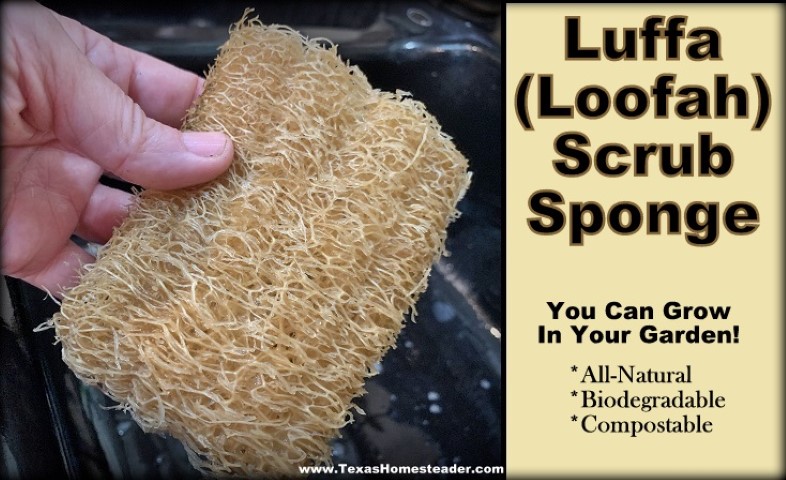
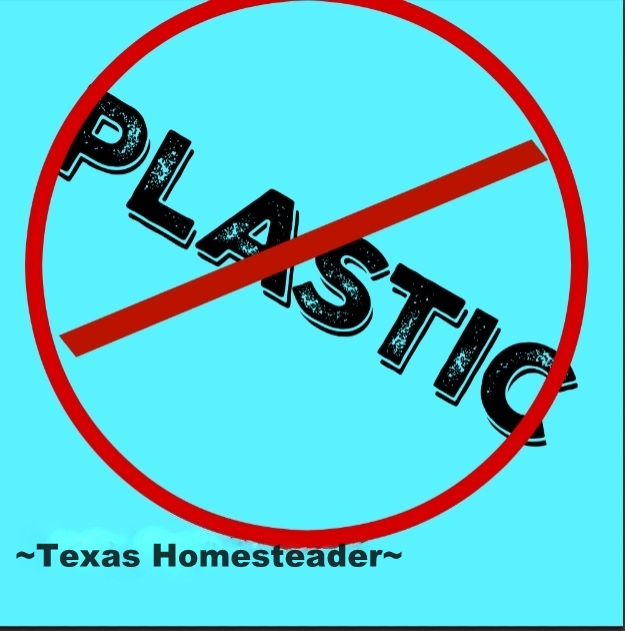
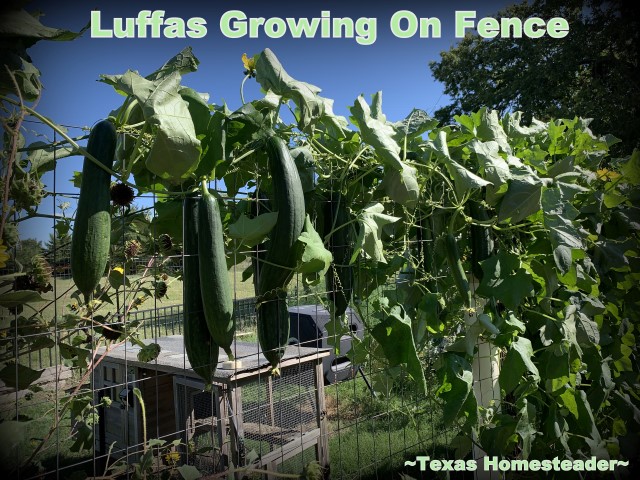
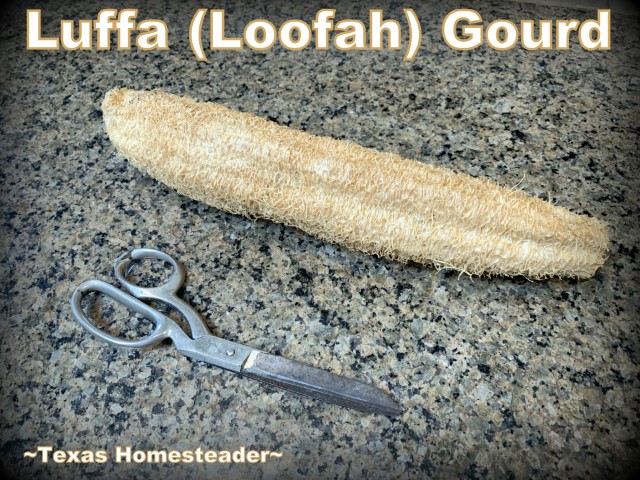
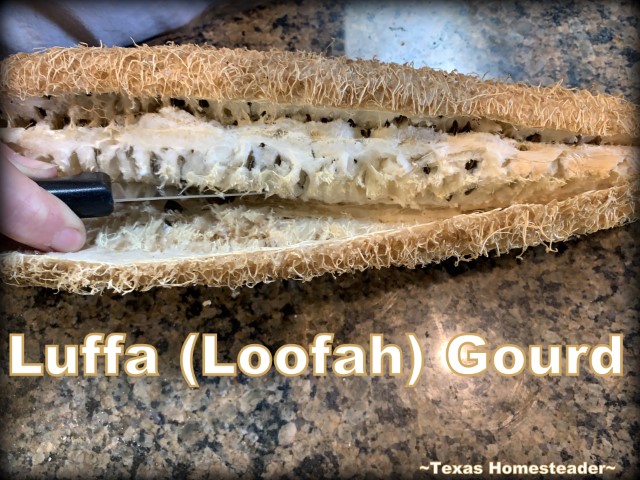
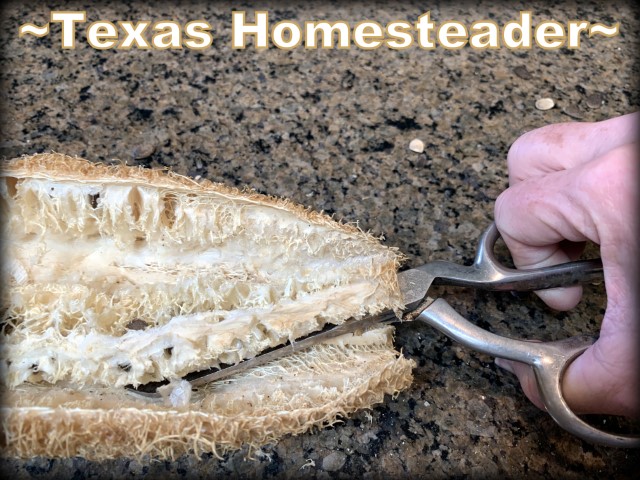
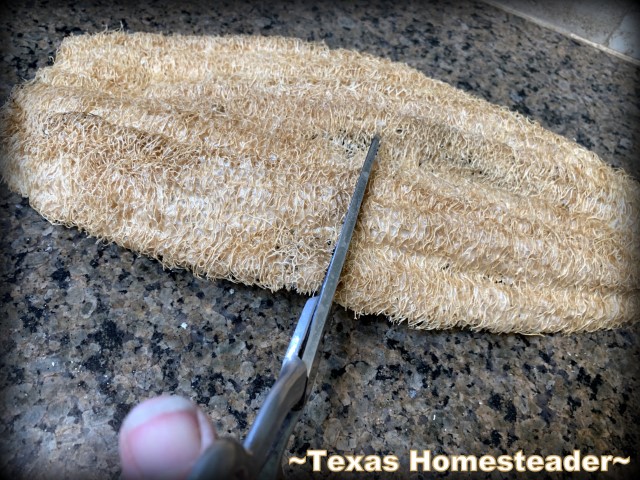
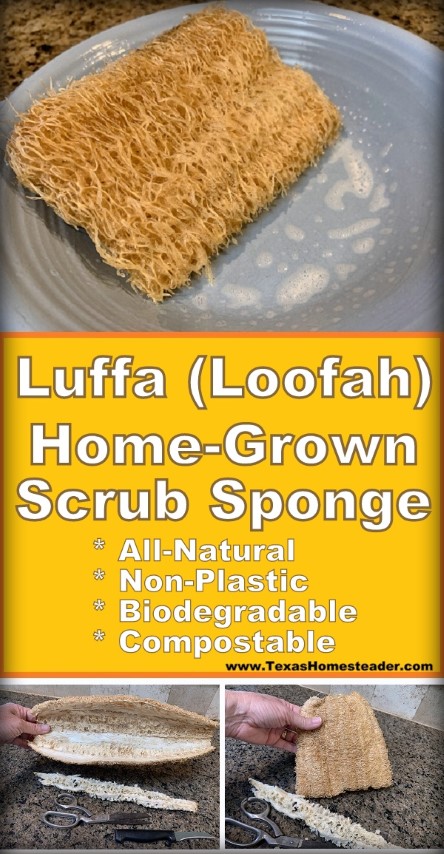
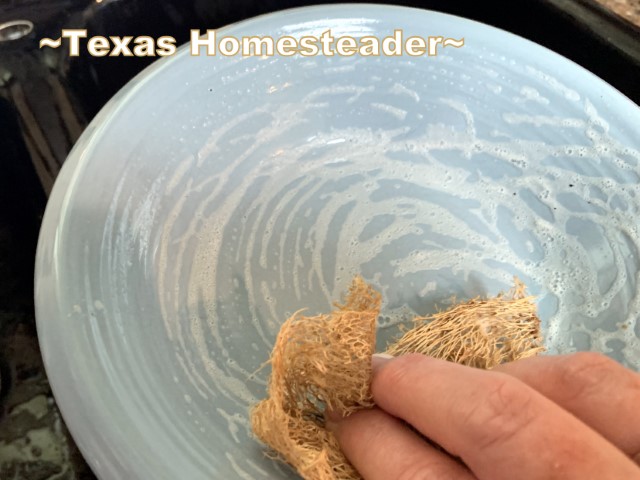
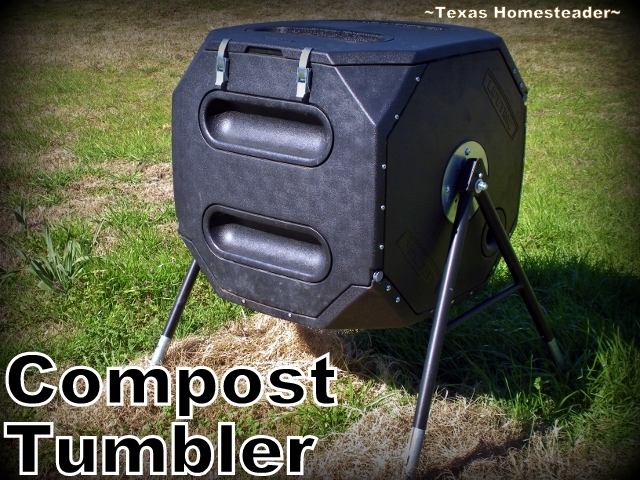

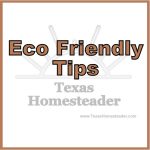

Mercifully we don’t have chiggers here in our part of western Oregon. Plenty of other annoying pests to deal with tho. Mosquitos are common and after a rain any open container or bucket with even a small amount of water will have the “wigglers” as we have always called that part of the life cycle of skeeters. I don’t see them in any of the several bird baths we have so maybe the birds get some of them. On another note I follow and often communicate with a blogger who writes about the dangers we humans pose to the earth. And I hadn’t given it much thought that we sometimes use those microfiber cloths to clean our glasses and and other things – they leave tiny little fibers behind that then end up in waterways which isn’t good. I often throw them in with a load of clothes and of course we are on a septic system out here so there they go. I thought Whew!!! I’m not adding to the problem. OOPS hold the phone, we do, on rare occasions have our septic pumped, now I have to worry about where the pump people dispose of that. GAAAAK!!! Technology seems to be conspiring against us! Take good care and continue doing all the good things that you do.
You’re so lucky you don’t deal with chiggers. Even trying to be very mindful, I still find myself bothered with them from time to time. And the microfiber cloth – true fact. Micro-plastics are a bigger and bigger issue that is really just now coming to the forefront of the plastic fight. Few people know about or think about microfiber and fabrics like spandex, polyester, etc. creating an issue in the laundry water, which has to go somewhere. I’ve been striving for cotton clothing (although growing cotton has its own issues, to me it’s the lesser evil) and buying nearly all of my clothing used so fewer new items need to be manufactured for my use. I feel that most of the micro-plastics are sloughed off in the beginning of the fabric’s life, so it’s just a little way I try to be mindful. We can’t live completely zero waste, but we each can do a little. ~TxH~